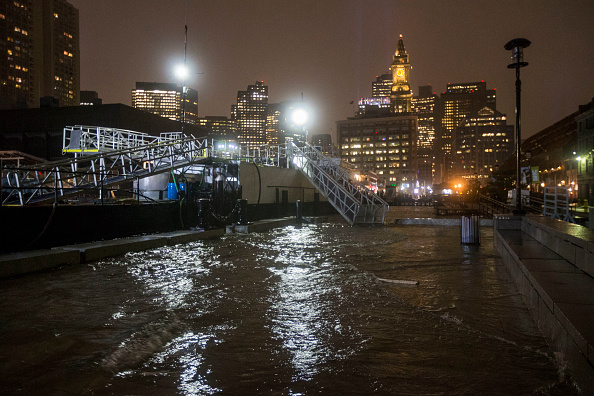Bill Simons
The shuttle back from Roland Garros inspires. It passes grand architecture and the Eiffel Tower before it winds its way to Left Bank cafes where Hemingway and Sartre once held sway.
In Melbourne at the Happy Slam, happy drivers in their KIA’s whisk you off. At Wimbledon, proper gentlemen direct you to which Jaguar to take. At the US Open there’s the bus: the big, clunky, wonderful and flawed bus.
Decades ago, it was said that officials didn’t want to pay the Midtown Tunnel toll. So the bus would weave its way through the back streets to get to the free Queensborough Bridge. One time I looked out the window and ducked as a fully armored swat team with machine guns swept down on a Queens house.
When Stefanie Graf and Boris Becker were at the top of the game, the bus was filled with German accents. Plus, there is many a tale of the bus getting stuck on the Long Island Expressway.
Okay, let’s flash forward to last night at the US Open, when the remains of Hurricane Ida bombarded the place. Rain pounded Ashe Stadium. As for Louis Armstrong Stadium, forget the multimillion dollar roof. Thanks to a design flaw (by the same architectural geniuses who forgot all about intimacy and turned US tennis arenas into cavernous spaces where fans are far from the action), torrents of rain descended throughout the supposedly indoor stadium.
Oh, well. My post had been written, my snappy 12-hour day was over, and I headed out to the 9 PM bus. But there was no way I could fight through the horizontal blasts of rain to catch it, only some 250 yards away. Then, after a two-hour wait in the media center, where I spent my time researching the career of the well-named tennis player Tornado Alicia Black, I waded through calf-deep water, made it to the bus, found a quiet seat in the back, and promptly wrung out my socks.
Little did I know that roads had flooded and that my busmates – Chicago volunteers, Sydney writers and L.A. visitors – and I were just beginning a hefty wait. The supervisor firmly informed us that police orders were clear. A tornado watch was in place. Roads were flooded, a record had just been set for downfall in an hour. There was no way this bus would be rolling soon. I thought we’d be there all night. Tornado warnings blared from my phone. It was the first ever such emergency warning in New York City’s history, telling us that conditions were life threatening. Bright emergency lights flashed everywhere. But then, after just under three hours, we finally got going. The bus erupted in applause – but minutes later we were abruptly halted by a tree that had collapsed across the road. Ten minutes later the street was cleared, and we were off to Manhattan.
Finally I got to my hotel. I was grateful the journey had not been far worse, and deeply appreciative of the efforts of so many who got us through it all. The ordeal was over, there was a tale to be told, and a warm, dry bed that beckoned. Sadly, tragically, I would learn that, in the Northeast, this storm took at least 47 lives in New York, New Jersey and Pennsylvania. New York Mayor Bill De Blasio said, “We saw a horrifying storm last night, unlike anything we’ve seen before. Unfortunately the price paid by some New Yorkers was horrible and tragic.”



















